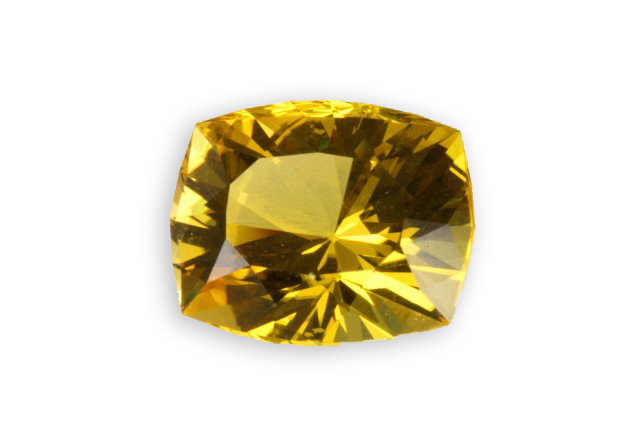
green
Je vous emmène à travers mes vidéos découvrir mon expérience acquise depuis plus de 30 ans a silloner le globe entier à la recherche de pierres précieuses, de rencontre mémorables mais aussi de difficulté parfois …
actualités
Categories

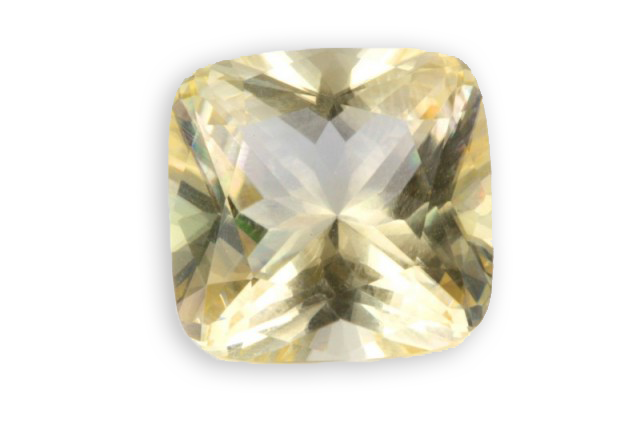
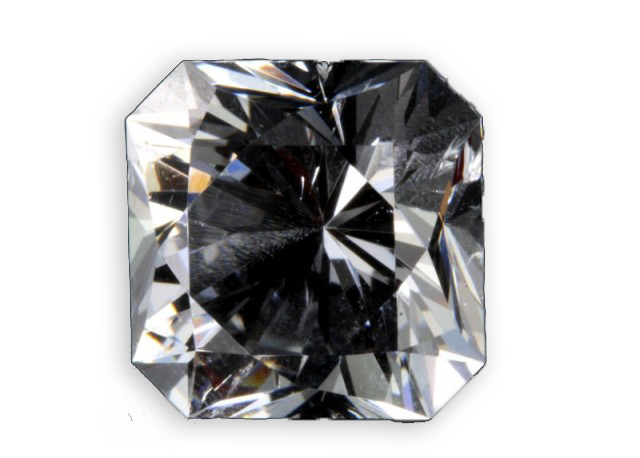
apophyllite
It was identified in 1806 by René Just Haüy, its name comes from the Greek “apophylliso” which means “exfoliates”, “that flakes “ … to heat, friction, acid. There are several varieties according to their chemical composition: rich in sodium, it is the natroapophyllite; rich in
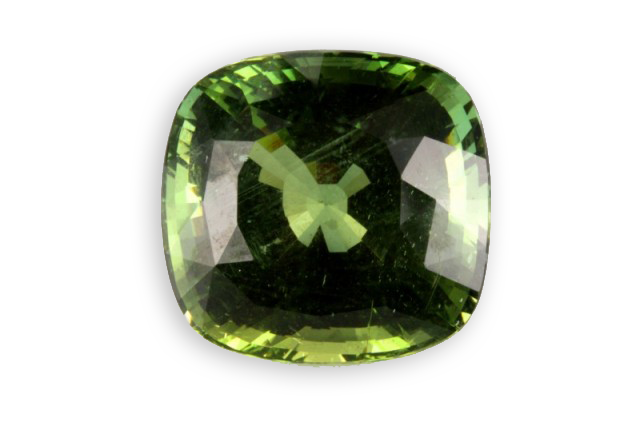
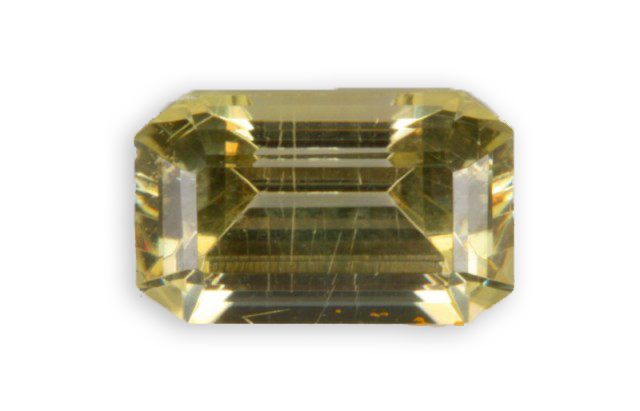
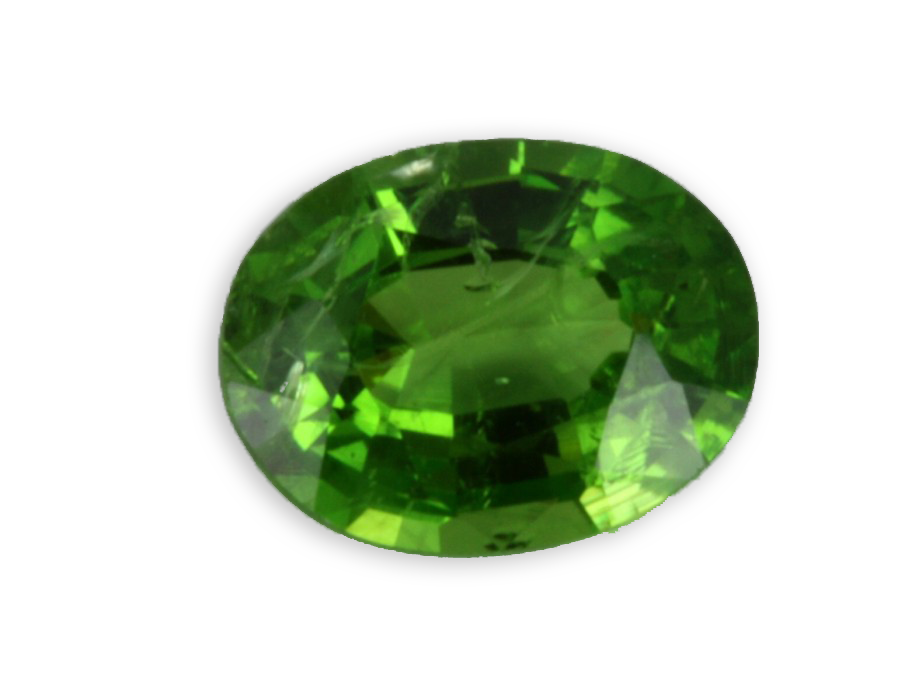
andradite
Andradite: this variety of garnet has been described and identified by Dana, its name is a tribute to a Brazilian mineralogist Jose Bonifacio de Andrada e Silva (1763-1838). Mélanite : black titanoan variety, its name comes from the Greek “black”. Topazolite : yellow variety of


